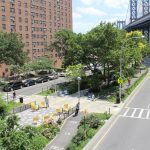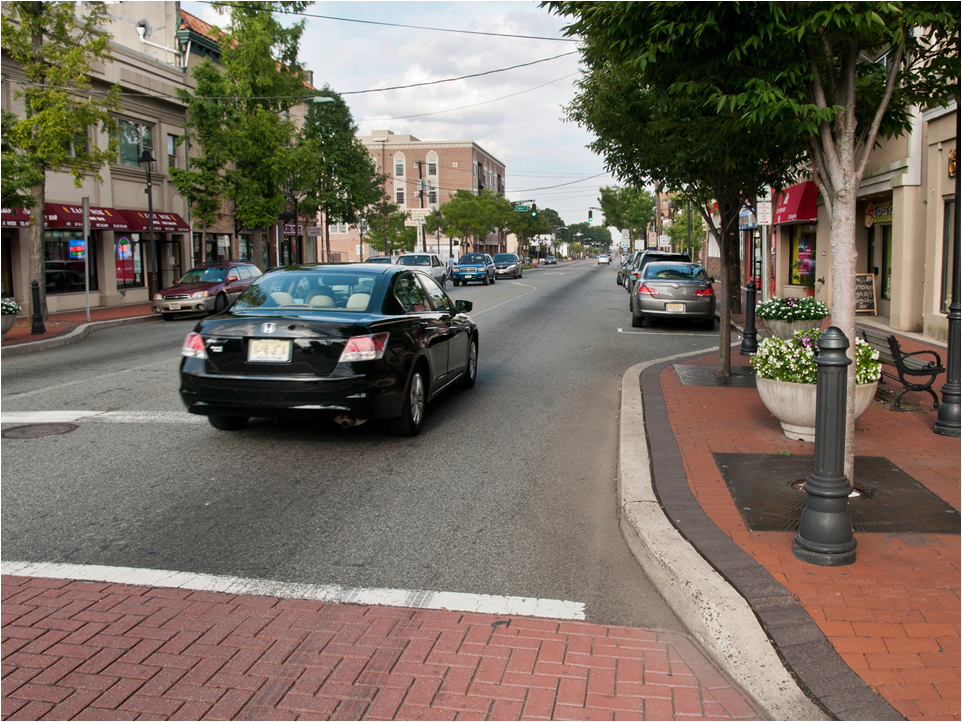New Jersey Future Blog
2019 Complete Streets Summit
October 15th, 2019 by Kandyce Perry
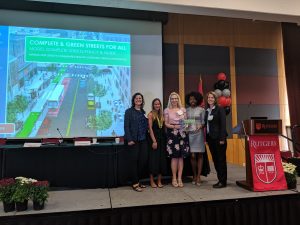 Every two years, the New Jersey Department of Transportation (NJDOT) and the Alan M. Voorhees Transportation Center at Rutgers hold the Complete Streets Summit to advance strategies to make our streets safer and more accessible to everyone.
Every two years, the New Jersey Department of Transportation (NJDOT) and the Alan M. Voorhees Transportation Center at Rutgers hold the Complete Streets Summit to advance strategies to make our streets safer and more accessible to everyone.
A key theme of this year’s event was equity. Keynote speaker Ryan Russo, director of transportation at the Oakland Department of Transportation (OakDOT), described it this way: “When we talk about equity in transportation, it’s about reversing the decisions made by the predecessors of our profession, and being honest about some of those practices.” These practices included using eminent domain to take properties in black and brown neighborhoods for highway construction, concentrating poverty and segregating communities.
Focusing on underserved areas, OakDOT developed the Paint the Town program, which allows community members to paint temporary street murals reflecting the community’s cultures and values on Oakland’s roads. These projects engage community members to create something beautiful and meaningful, but they also provide something that might not be expected: safety. Road art is shown to slow traffic, making streets safer for pedestrians and cyclists. Efforts like the Paint the Town program are a strong model for creative ways to implement complete streets.
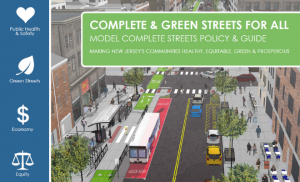 Equity was also a major focus of the morning plenary session, where panelists announced NJDOT’s new model complete and green streets policy and guide, a one-stop resource for New Jersey municipalities, counties, agencies, organizations, and advocates. It makes the connection between complete streets and health, economic development, green streets, and equitable transportation expenditures and project selection.
Equity was also a major focus of the morning plenary session, where panelists announced NJDOT’s new model complete and green streets policy and guide, a one-stop resource for New Jersey municipalities, counties, agencies, organizations, and advocates. It makes the connection between complete streets and health, economic development, green streets, and equitable transportation expenditures and project selection.
Kandyce Perry, planning and policy manager at New Jersey Future, explained during the plenary that the model policy and guide has sample language to implement benchmarks, which track where and what kind of street upgrades are prioritized: “This illuminates whether the communities of greatest need actually receive complete streets upgrades and provides the data to support just decision-making to achieve equitable transportation outcomes.”
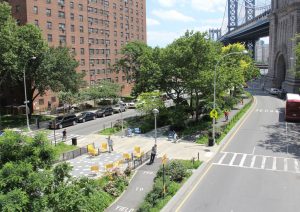
Complete streets programs are successful when decision-makers and advocates can communicate with strong and plain language about the importance of transportation equity and safety, said Vinn White, senior transportation advisor to Governor Murphy. The model policy and guide provides that language. “The model policy was developed from a ground-up approach from a coalition of advocates in partnership with NJDOT” to increase the likelihood that these principles make it from policy to implementation, said Vinn.
Our streets are crucial networks that can make or break the health and vitality of our communities. Courtney Nelson of the American Heart Association closed out the plenary best: “The road to a healthier future is a healthy road.”

